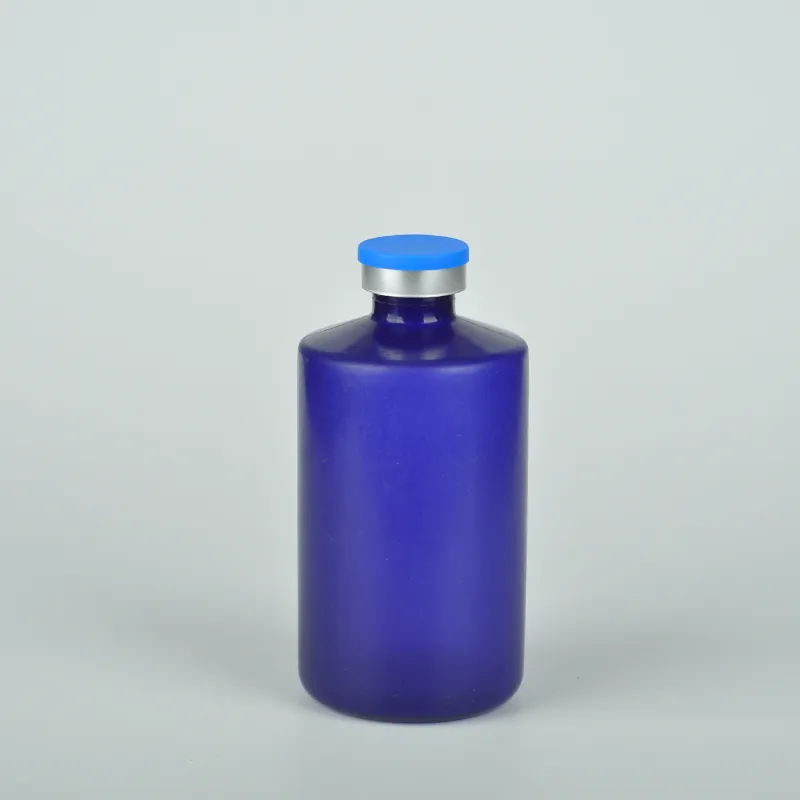https://www.wahmg.com/)">
Petri Dish Applications for Cultivating Tiny Bacteria and Microorganisms in Laboratories
Petri Dish Applications for Cultivating Tiny Bacteria and Microorganisms in Laboratories
The Fascinating World of Petri Dishes Cultivating Microbial Life
The Petri dish, a seemingly simple tool found in laboratories around the world, plays a pivotal role in the study and cultivation of microorganisms, including bacteria, fungi, and various other cells. Named after the German scientist Julius Richard Petri, who invented it in the late 19th century, this shallow, flat dish has become a fundamental instrument for microbiologists and researchers in various fields, including medicine, genetics, and environmental science.
At first glance, a Petri dish may appear unremarkable. It typically consists of two circular pieces of glass or clear plastic—one as the base and the other as a cover. However, its design is highly functional. The shallow depth allows for easy access to the growing cultures, while the lid prevents contamination and maintains a controlled environment. By providing a sterile surface, Petri dishes allow scientists to study the growth patterns, morphology, and behaviors of microorganisms under various conditions.
One of the primary uses of Petri dishes is in isolating and culturing bacteria. When a sample is collected from a specific environment—be it soil, water, or a human body—the sample is often transferred onto a solid growth medium, typically agar, which is jellified seaweed extract. The nutrient-rich agar provides a suitable environment for bacteria to proliferate. Researchers can select specific types of agar that favor the growth of certain microorganisms while inhibiting others, making Petri dishes invaluable for selective culture techniques.
The process of culturing bacteria on Petri dishes begins with inoculation. This involves spreading a small amount of the sample across the agar surface using a sterile loop or a swab. Once inoculated, the dish is incubated at appropriate temperatures, usually ranging from 25°C to 37°C, depending on the organism being studied. Over time, colonies of bacteria emerge, displaying unique characteristics such as color, size, and shape that can provide hints about their identity and metabolic properties.
petri dish used to grow small bacteria cultures and microorganisms

Petri dishes are not just limited to microbial studies; they also play an essential role in antibiotic susceptibility testing. By introducing antibiotic discs onto the agar surface, researchers can observe the effects on bacterial growth. This method, known as the Kirby-Bauer disk diffusion test, assists in the identification of effective antibiotics for treating infections, thus guiding medical professionals in their treatment decisions.
In addition to their applications in medicine, Petri dishes are widely used in environmental science. Researchers can analyze the microbial diversity present in various ecosystems by collecting samples from different habitats and culturing them in Petri dishes. This process enables scientists to assess the health of an environment, monitor pollution levels, and study bioremediation efforts where microorganisms are used to clean up contaminated sites.
Moreover, Petri dishes have recently found an interesting application in educational settings. They serve as a hands-on tool for students to learn about microbiology and the principles of aseptic technique. By allowing students to grow their cultures, educators promote engagement and foster a deeper understanding of microbial life, its roles in various ecosystems, and its significance in health and disease.
Innovations in Petri dish design have also emerged, including the introduction of disposable plastic Petri dishes that enhance convenience and reduce the risk of cross-contamination. Advanced techniques, such as 3D printing, are paving the way for custom-designed dishes tailored for specific experiments, while digital methods enable real-time monitoring of microbial growth.
In conclusion, the Petri dish is far more than just a simple piece of laboratory equipment. It is a vital tool that has advanced our understanding of microorganisms, offered critical insights into medical treatments, and emphasized the importance of microbes in our environment. As scientific research continues to evolve, the Petri dish will undeniably remain an essential instrument in the ongoing exploration of the microscopic world, unlocking mysteries and addressing challenges that affect our health and the planet.
-
Wholesale Plastic Juice Bottles with Caps 16 oz Options Available Bulk Packaging SolutionsNewsJun.10,2025
-
Laboratory Apparatus Reagent Bottle – Durable & Chemical Resistant Bottles for Safe StorageNewsJun.10,2025
-
Squeezable Dropper Bottles Durable, Leak-Proof & CustomizableNewsMay.30,2025
-
Affordable Plastic Petri Plates Sterile & Disposable Lab-GradeNewsMay.30,2025
-
Eye Dropper Caps Precision 24/410 & Plastic Bottle-Compatible TipsNewsMay.30,2025
-
Affordable Mini Spray Bottle Price & Wholesale Deals Shop NowNewsMay.29,2025





















